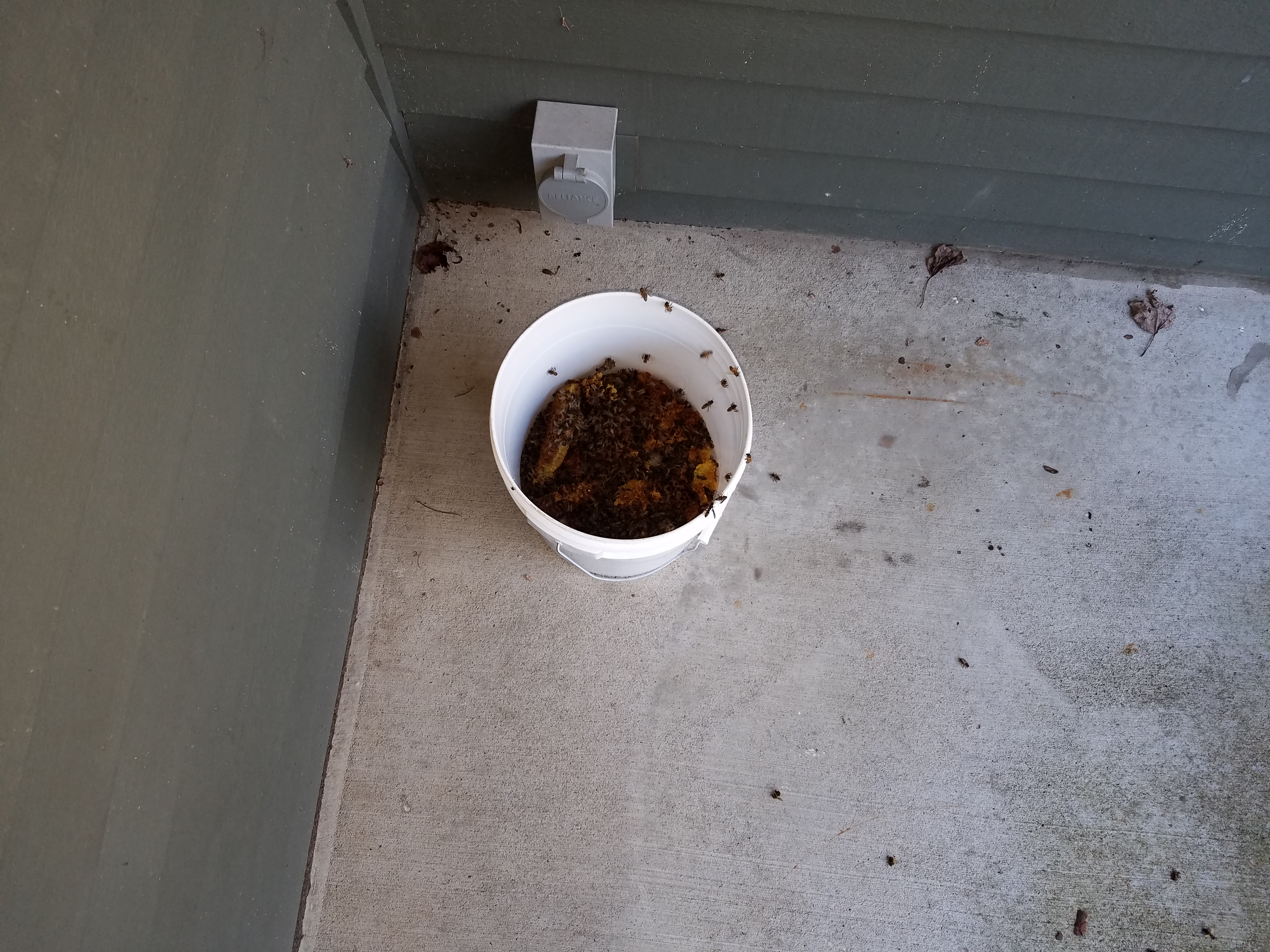My wife and I make candles on a regular basis, keep bees, raise sheep, cattle, shoot deer, and thus have some experience with candle making using different substances. I haven't tried a 100% tallow candle simply because I'm more interested in something usable than being PC, though I'm quite interested in making some rush lights one of these days.
A 50/50 beeswax/tallow mix makes a pretty nice candle -- less drippy than pure beeswax, but it'll still drip quite a bit. The type of tallow (deer, sheep, beef) doesn't seem to make a significant difference. A small addition of stearic acid (which is created from tallow through some high temp industrial process, and is not PC to my knowledge) will really cut down on dripping. Lately, I've been using candle followers, which pretty much eliminates the dripping on beeswax w/stearic acid candles, so now I'm wondering how it would work on beeswax/tallow or even pure beeswax. I'm thinking they might eliminate the need for stearic acid.
I've blogged about this subject (as well as experiences with oil lamps) if anyone is interested in a little more detail: https://haymanfarm.blogspot.com/2018/03/revelations-in-cutting-edge-lighting.html
A 50/50 beeswax/tallow mix makes a pretty nice candle -- less drippy than pure beeswax, but it'll still drip quite a bit. The type of tallow (deer, sheep, beef) doesn't seem to make a significant difference. A small addition of stearic acid (which is created from tallow through some high temp industrial process, and is not PC to my knowledge) will really cut down on dripping. Lately, I've been using candle followers, which pretty much eliminates the dripping on beeswax w/stearic acid candles, so now I'm wondering how it would work on beeswax/tallow or even pure beeswax. I'm thinking they might eliminate the need for stearic acid.
I've blogged about this subject (as well as experiences with oil lamps) if anyone is interested in a little more detail: https://haymanfarm.blogspot.com/2018/03/revelations-in-cutting-edge-lighting.html






